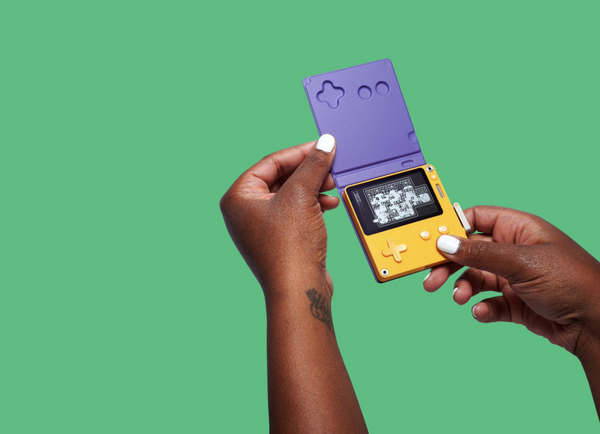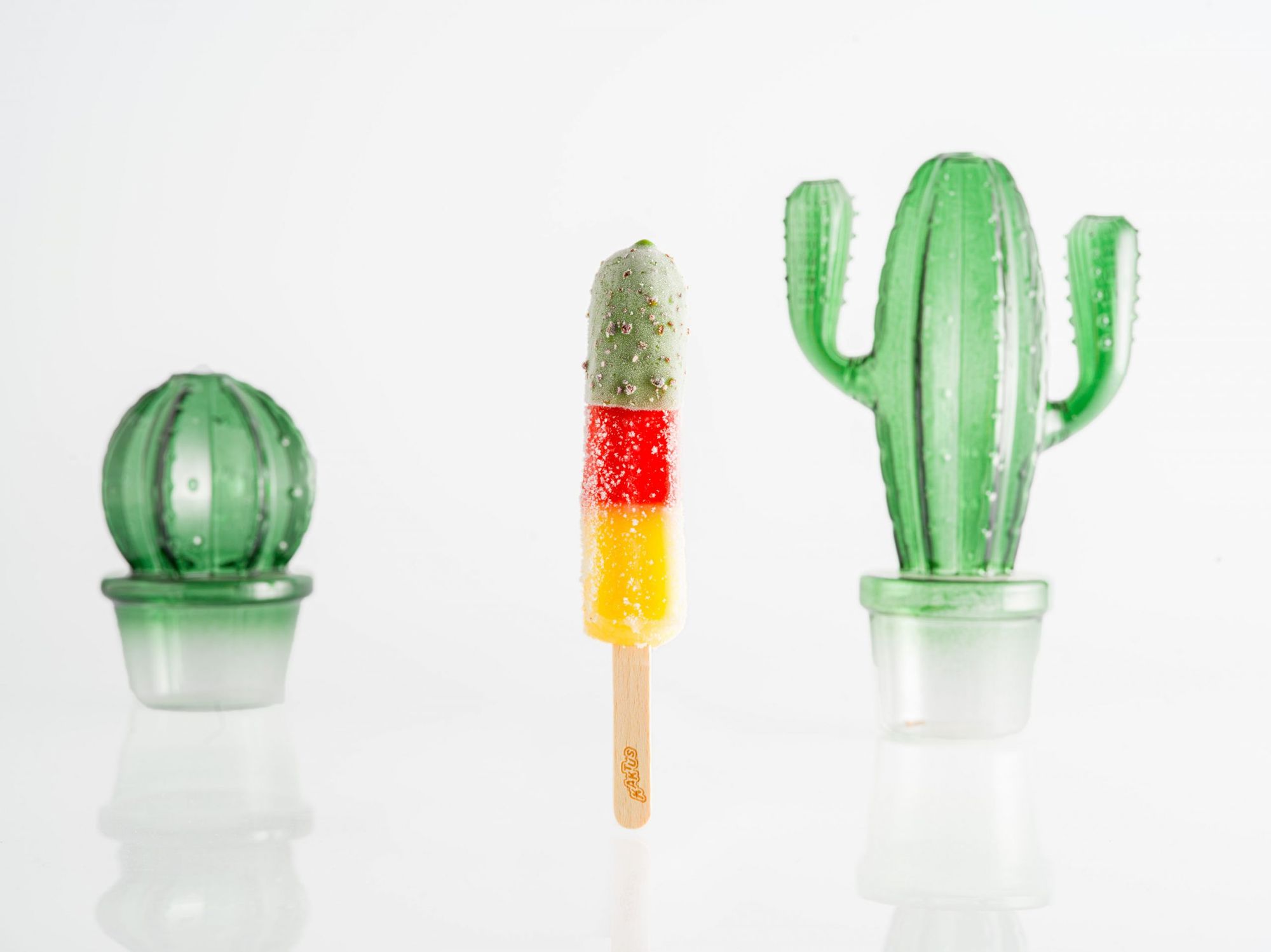On a hot summer day, there’s nothing better to cool you (and your spirits) down than one, two, or three scoops of ice cream. Our love affair with the icy treats is nothing new; they were a source of pleasure in the days of our parents and grandparents. But what is the history of ice creams in our country? Join us on an adventure into the world of cooling desserts!
Like every child, I, too, have always loved ice cream. There was a little ice cream shop opposite the primary school where I went, where my classmates and I always went at the end of the day if the weather was nice. My favorite was the forest fruit with yogurt, but there was a wide choice—the days when you could only get chocolate, vanilla and punch were long over. Of course, there was not always such an abundance of choices. A few decades earlier, only the basic flavor trio was available for those craving for some, as ice creams were harder to come by. Not to mention the fact that with no freezers, it was even less common to keep ice cream at home. In the 1990s, however, it was no longer a specialty, and Viennetta ice cream cake, for example, was always the highlight of our special days at home—although it was very icy and could not be cut neatly, and we never reached a consensus on whether to eat it with a fork or a spoon; there was something very bourgeois about laying the slices on a cake platter.
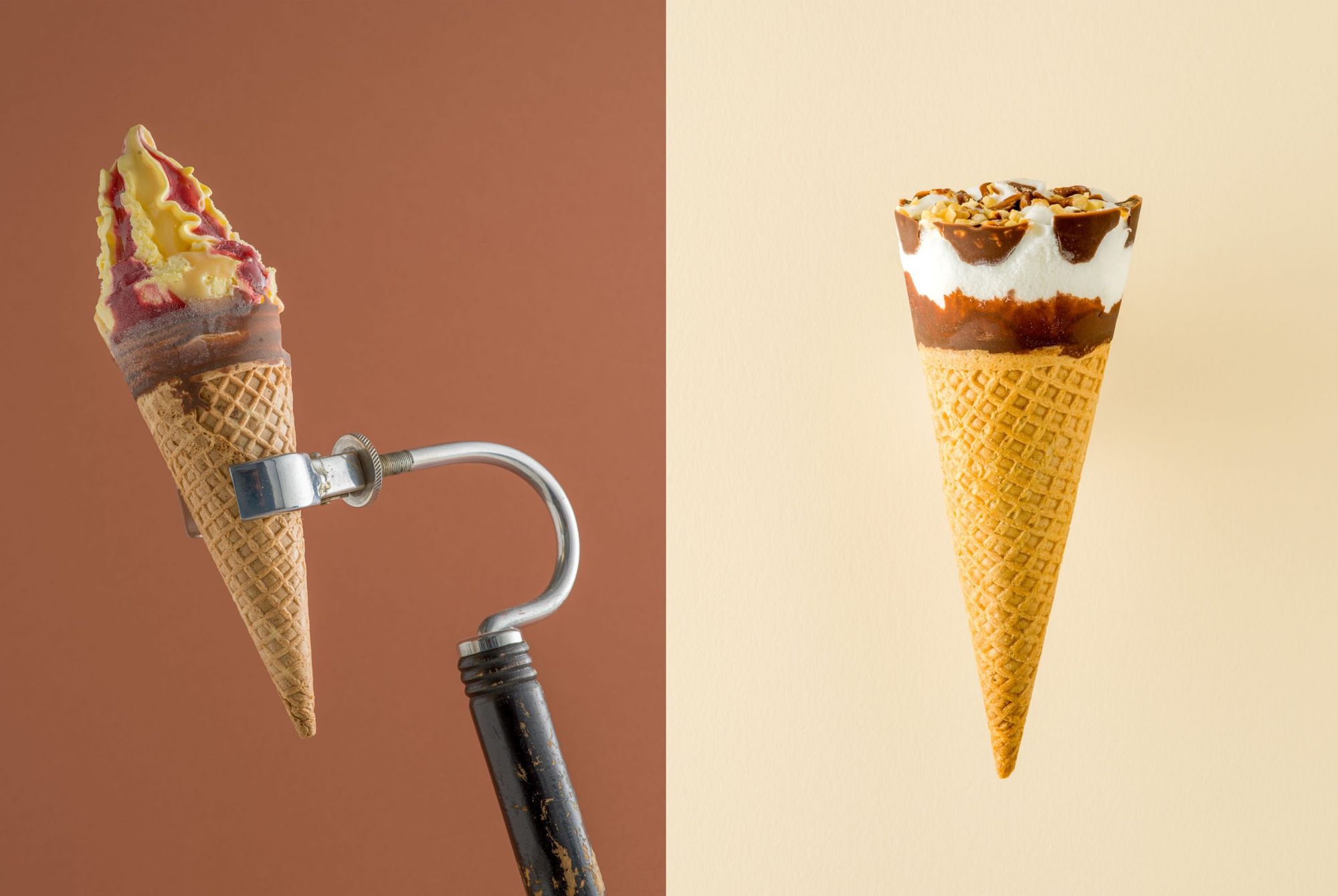
But where did the ice cream story start? We have to go back centuries: ice cream originates in the Arab world, from where Sicilian cooks brought the recipe back with them during the Renaissance. This version was rather a mush ice and resembled a sorbet, flavored with honey and fruit for example. The version enriched with milk and eggs was created by Bernardo Buontalenti in 1559. The so-called Florentine cream also contained honey and wine and fruit, flavored with lemon juice. Buontalenti worked out even the parameters of the storage space and the technique of mixing with a spatula. It was another hundred years before anyone opened a real ice-cream parlor: it happened in Paris in 1672. From then on, recipes appeared in more and more cookery books, with different spices and ingredients.
Here in Hungary, we have been introduced to the world of ice cream thanks to our Austrian neighbors, back in the 18th century. It was considered a homemade delicacy, mainly for children (although a few rarer recipes have survived, where wine or champagne was added as an ingredient). One of our well-known Hungarian cookbook writers, Kristóf Simai, produced a manuscript cookbook at the end of the century, which contains more than ten kinds of ice cream recipes, usually with fruits (sour cherries or peaches), or chocolate. Surprisingly, the use of exotic fruits was not uncommon either. The first Hungarian ice cream shop opened in 1837 in Budapest’s Theatre Square (Színház tér), where Péter Fischer made what was then known as “hideg nyalat” that is, “cold treats”, in pomegranate flavor for example. And about how it was made: the machines were driven by hand by the apprentices, and the ice came from frozen rivers or the Lake Balaton and was stored in deep pits. Serving was also a constant concern for the experimenters. It was Italo Marchiony, another Italian-born ice cream maker, who in 1903 made cones from dough, which replaced paper cups. Although the wafer, now known as the ‘sweet cone’, had previously been baked in many places, Marchiony’s invention made it cheaper and more mass-producible. Of course, the invention of the ice-cream machine also helped to make it available to as many people as possible. The first was made by Otello Cattabriga in 1927. Although it was still hand-powered, with the help of the machine it was possible to achieve a soft creaminess. And it was only a step from there, less than 20 years later, that Harry Burt invented the ice cream sticks.
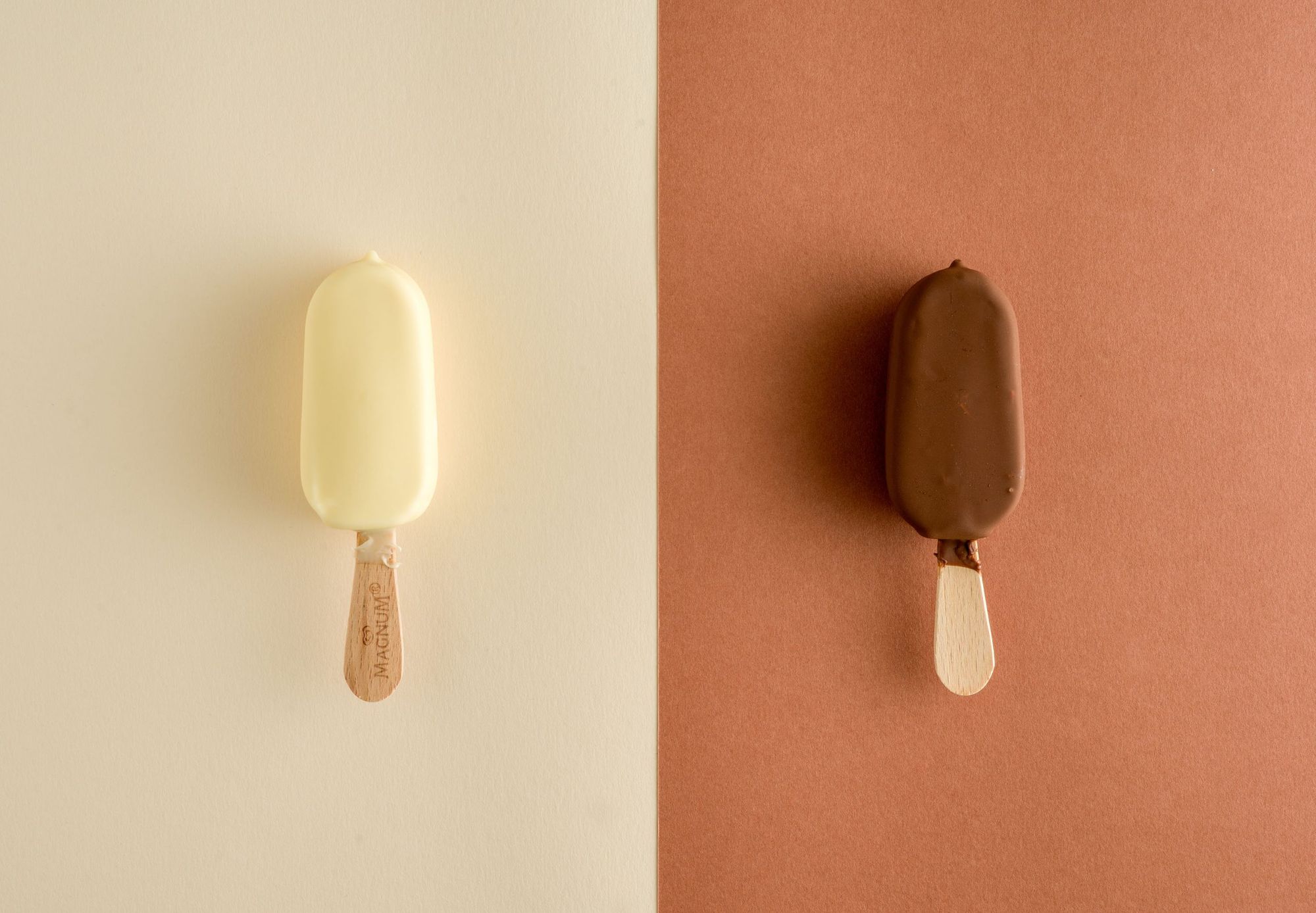
During the world wars, and the shortage economy that followed, good, natural ingredients were a rarity, so various artificial flavorings were used to achieve a homogeneous, consistent texture and always the same taste. In the case of cocoa, vanilla, and punch, the lucky thing was that you did not need much, only a little cocoa powder and some flavoring, and the end product would keep for as long as you wanted. From the 1970s onwards, the range of chilled desserts (yogurt foam, floating island) was widely extended to include ice cream, and the experimental spirited could even buy ice cream powder, which had to be mixed with cream and then squeezed out of a foam siphon. The end result was not long-lasting without stabilizers, but it did not have a chance either, as it disappeared quickly as a light after-lunch dessert. In the same decade, the various ice cream sticks appeared in the shop fridges, giving a kind of westernized feel to the experience. Everyone knew Leo’s ice cream, and a certain Roll was also available, made not by the central dairy but by the United Pharmaceutical and Nutrition National Company from leftover milk ingredients used in food supplements. Leo was accompanied by an iconic lion figure, and in the case of the Roll, it was evident to being promoted by Dolly Roll, a popular band of the time. Also, a big hit was the slightly oddly shaped Calippo (which is still on the market today), in a dairy-free, sweet, fruity, iced form. It had to be eaten very quickly and it was very sticky, but it was like a mush-ice in a stick, which was nice to lick on the go.

Leo even survived the regime change, but then its manufacturer, Budatej, was taken over by Schöller–a company that had its roots in Nuremberg and sold ice creams all over Europe. It even had a production plant in Hungary, in Törökbálint, which later took on the name Eispro and, abandoning the predecessor’s recipes, started to develop its own creations. From the 2000s on, the range of products expanded rapidly, with Eskimo (later Algida), for example, being launched on the domestic market in 2003. Nogger, Magnum, Carte d’Ort, Cornetto, products that were already of higher quality, were all made by the company. By this time, ice creams had gone beyond the boundaries of simple ice lollies, with different brands practically competing with each other to present new creations (think of Carte d’Or’s versions of Hungarian cake classics, such as Rákóczi cheesecake). In addition, the premium scene opened up, as we started importing brands from America that are popular all over the world, such as Häagen-Dazs or Ben & Jerry’s. It’s great to see that thanks to various tenders, such as Hungaricool, Hungarian brands have also made their debut across the country in recent years, such as the all-natural, vegan Anjuna ice creams or Cloud9 desserts.
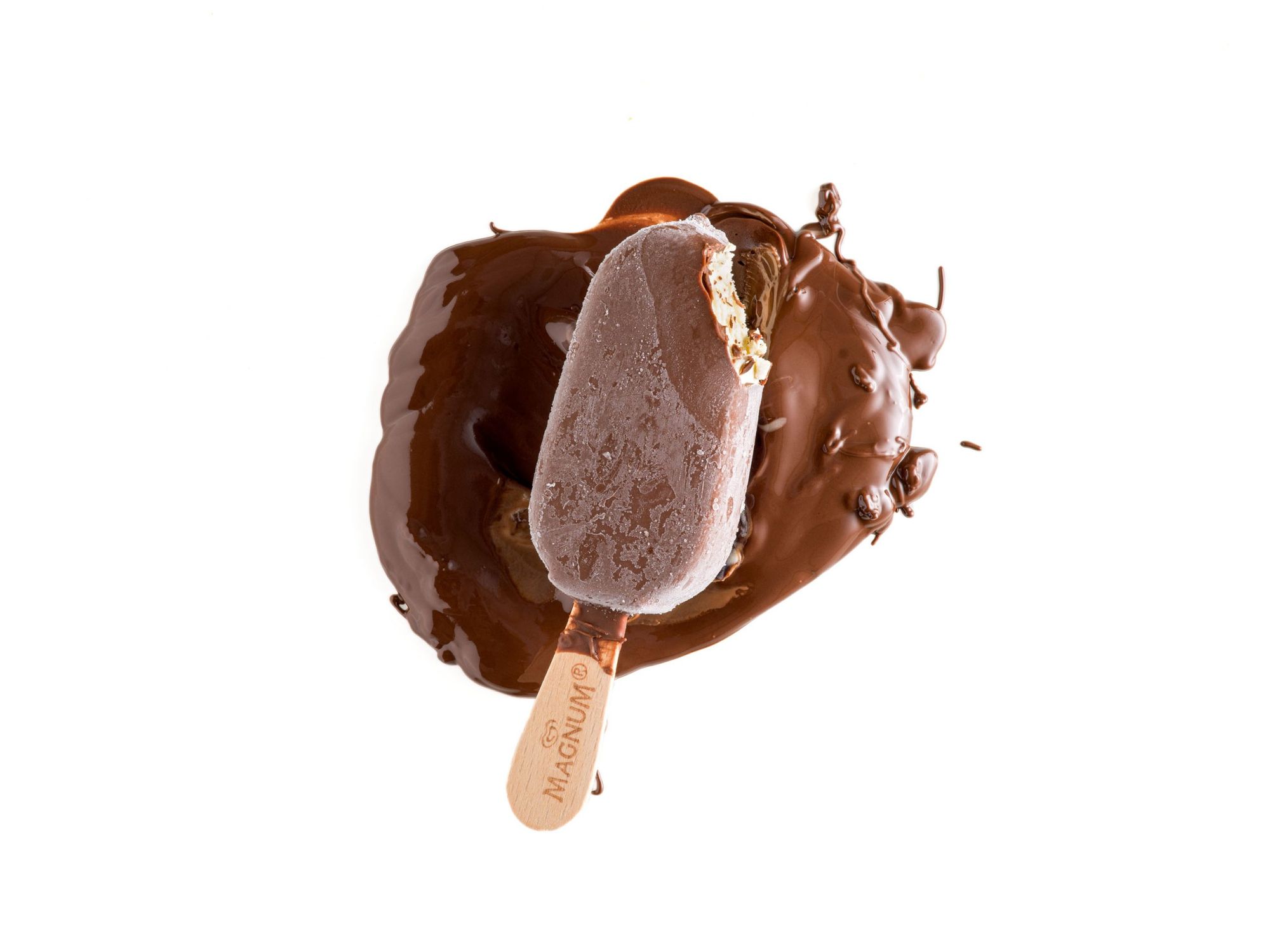
In short, nowadays everyone can find their favorite. And one thing is always true for ice creams: there are no rules to follow—it is a matter of taste, how you consume it. You can mix sweet and salty, chocolatey and fruity, and even dip a baked potato in it—that is actually perfectly fine. That said, are you wondering how the pros do it? Then we heartily recommend a visit to Erdős és fiai Confectionery, Cioccolatt, Kő fagyi?, Artigiana Gelati or Minus11!
Photos: László Sebestyén| Web | Facebook | Instagram

Find the bustling community life of Krakow here

Czech prismatic house tuned for several generations
